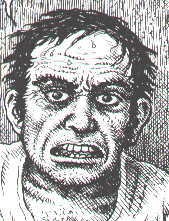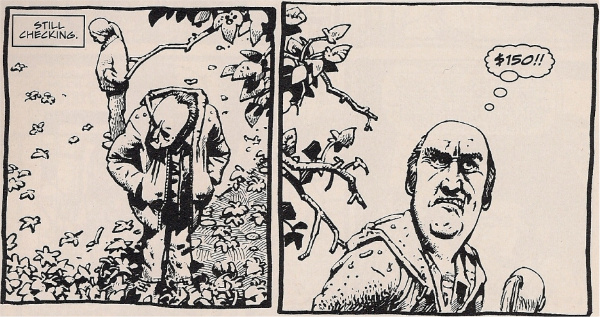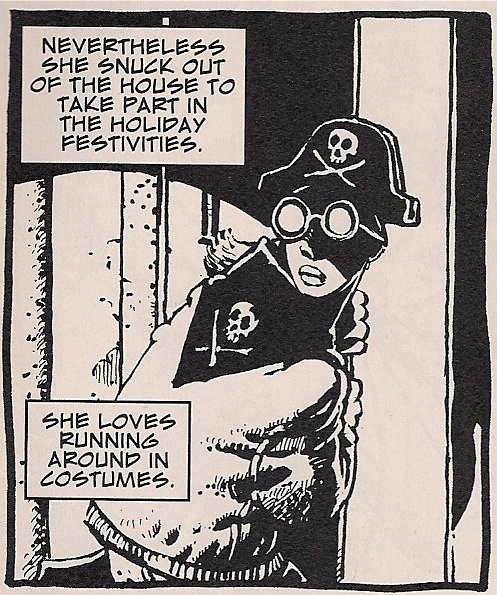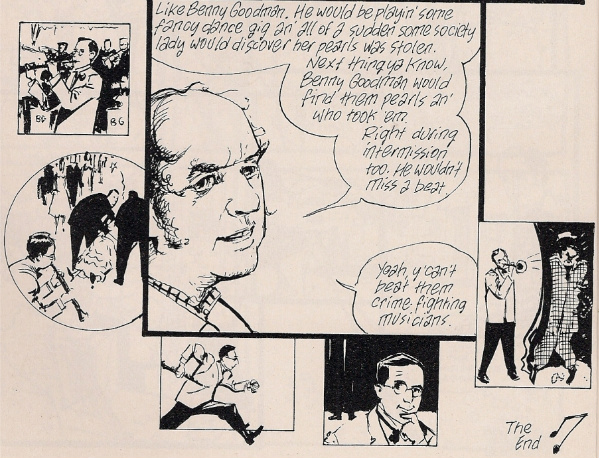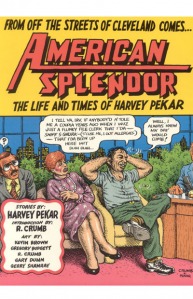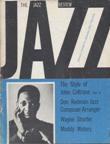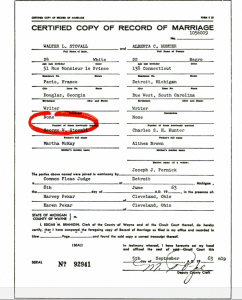 The recent flare-up over the Direct Market regarding books sold at conventions before they appear in comic shops seems absurd. But since most Comics Comics readers already know that Diamond and their sales reps are doomed to some circle of Dante, I won’t bother getting into the fray. Instead I’d just like to use the subject as a springboard to talk briefly about more direct ways that cartoonists can reach their audience.
The recent flare-up over the Direct Market regarding books sold at conventions before they appear in comic shops seems absurd. But since most Comics Comics readers already know that Diamond and their sales reps are doomed to some circle of Dante, I won’t bother getting into the fray. Instead I’d just like to use the subject as a springboard to talk briefly about more direct ways that cartoonists can reach their audience.
Imagine you’re a young cartoonist who’s worked with Harvey Pekar (on last year’s Macedonia) and, by virtue of that creative partnership, have a book out from a major publisher (Random House). Would you expect to be self-publishing your next book and hawking copies yourself at cons and on your website? Well, that’s what Ed Piskor’s doing these days.
“I can tell you right now,” Piskor told me the other night, “no one in comics has read WIZZYWIG yet. Only, like, computer hackers and people into that culture. I’ve been posting about my book on these message boards and like some kid with some influence in that circle of people will write about it, and I’ll get like a bunch of orders that night.”
You guessed it: the book is about computer hackers. It takes place in the early days of “phone phreaking”, when all it took to “seize phone lines” and make free calls was the right “bluebox” or a whistle with the right pitch and a little know-how. Rather than a documentary about that time and the figures involved, Piskor has created a single composite character who is emblematic of the period. Kevin Phenicle appears to be a middle-school kid living in late ’70s Steel Valley USA — who just happens to enjoy getting over on the system. Free bus rides, free video games, free long distance phone calls. But the system catches up with him. And then it’s “Free Kevin.”
So why did Piskor decide to publish it himself? “I showed it to a couple publishers and they were basically like, ‘Do you want us to print it for you?’ And I just thought I could do it myself and keep the loot. Why should I give them my book for free and MAAAYBE down the road see some cash? I mean, I just wanted to see if I could do it first. And if it didn’t work — then go round and take them up on their offer.”
I must admit I was pretty impressed when Ed told me this story. It was heartening to hear because I’ve heard a couple of stories recently about creators who have books with major publishers, who sell thousands of copies per issue, and who don’t see a dime in return. The artist is, I guess, supposed to feel that it’s an achievement in itself to have a book at all. The way the story usually goes is that the money spent on the printing and promotion hasn’t been recouped so, no, sorry, there’s no profit. “But make sure you get the next issue done on time and, gee, we’ll you give us something extra special cuz sales have been down.” I hear the same story when it’s a small publisher too. The publisher gets to look good (and makes a few bucks somewhere down the line) and the artist gets a couple free boxes of their comic.
Young cartoonists who get lucky early with big publishers might want to think about why Ed is choosing to self-publish. I think it’s important to stay connected on some level to one’s core audience. That means the convention circuit, hustling copies to cool stores, the same drill that got these young cartoonists in the position to get a deal with a publisher in the first place. Don’t get me wrong, I have every hope that Ed and other talented cartoonists like him can find permanent homes at fine publishing houses. Seriously. But if any one reading this seriously doesn’t believe that the bubble won’t burst someday, they are seriously deluding themselves.
“I just want to be realistic,” says Piskor. “At the end of the day who’s going to be looking out for my best interest? Me. It might suck to be on the phone and the computer hustling these books but at least I know what’s up, where my books are selling and to who. And when the right publisher comes along, I’ll be there. I can do both. Why not do both? The reality of the market is that I have to do both just to survive or else I’d be sight out of mind.”
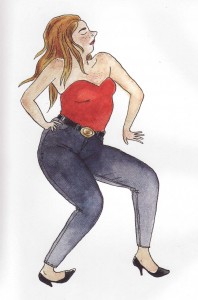 I’ve really been looking forward to Vanessa Davis’s new book, Make Me a Woman. I’m a great admirer of Davis’s zaftig ladies and of the minimum of lines she uses to describe them—round, undulating, bumpy, and squiggly, but always lively. The image blown up on the cover is a great example: The long, rubbery curve of the figure’s leg, foot, and arms, the off-kilter half-moon toenails. The tiny smudges of red polish outside the lines, which signifies her imperfect painting technique, is splendid. I also love her characters’ upturned noses, bubble mouths, and the occasional double chin. She’s generous in the way she draws people, not just in size (not everyone is voluptuous) but also in breadth. These autobiographical comics—divided between published strips and pencil drawings from her daily diary—are often as much about her as everyone around her. (more…)
I’ve really been looking forward to Vanessa Davis’s new book, Make Me a Woman. I’m a great admirer of Davis’s zaftig ladies and of the minimum of lines she uses to describe them—round, undulating, bumpy, and squiggly, but always lively. The image blown up on the cover is a great example: The long, rubbery curve of the figure’s leg, foot, and arms, the off-kilter half-moon toenails. The tiny smudges of red polish outside the lines, which signifies her imperfect painting technique, is splendid. I also love her characters’ upturned noses, bubble mouths, and the occasional double chin. She’s generous in the way she draws people, not just in size (not everyone is voluptuous) but also in breadth. These autobiographical comics—divided between published strips and pencil drawings from her daily diary—are often as much about her as everyone around her. (more…)





